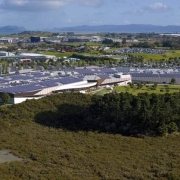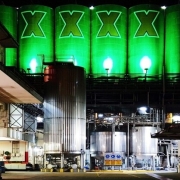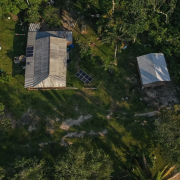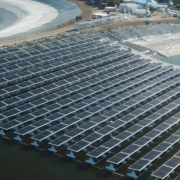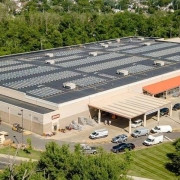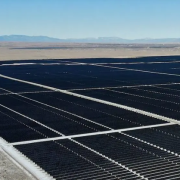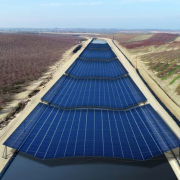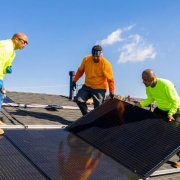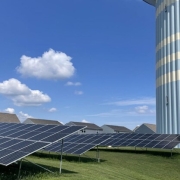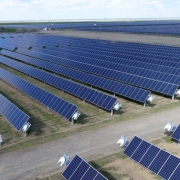Auckland Airport plans to power up its roofs with the country’s largest rooftop solar array on its new Mānawa Bay outlet centre.
The array on the 35,000m² building under construction to the north-east of the airport precinct, would generate 2.3 megawatts of electricity. That was enough to meet the equivalent of 80% of the 100-store mall’s power usage when it opened next year, chief executive Carrie Hurihanganui said.
The $300 million transport hub under construction opposite the international terminal would support another solar array of 1.2MW on its 14,000m² roof, enough to power the attached office building and electric vehicle charging stations within the car park, she said.
Click here to read the full article
Source: Stuff
—
If you have any questions or thoughts about the topic, feel free to contact us here or leave a comment below.

